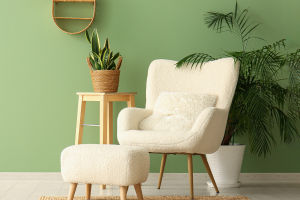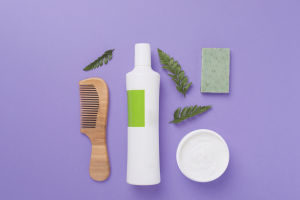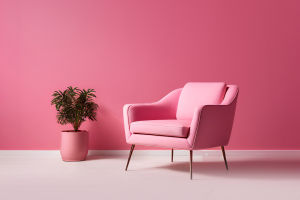Colored pencils are more than just tools for coloring—they're gateways to creativity, expression, and artistic exploration.
Whether you're a seasoned artist or a beginner, colored pencils offer a vibrant, accessible medium for anyone wanting to dive into drawing.
With their wide range of colors, ease of use, and ability to create intricate details, colored pencils make it easy to enjoy the process of creating art. Here's why you should fall in love with drawing using colored pencils and how to get started.
Colored pencils are versatile and easy to use, making them perfect for spontaneous creativity. Unlike paints, they require minimal setup and no messy cleanup, so you can simply grab your pencils and start drawing anywhere.
Their portability allows artists to sketch at home, outdoors, or on the go with just a sketchbook and a small case of pencils.
These pencils also offer a broad range of techniques, from basic coloring to highly detailed artwork. With colored pencils, you can layer colors, blend, shade, and even create textures like fur or grass.
This versatility appeals to beginners who appreciate the control and to professionals who enjoy the range of effects colored pencils can achieve.
Starting with colored pencils doesn't require a lot of supplies. Invest in a quality set of pencils to experience richer colors and smoother application.
Artist-grade pencils are more expensive, but they contain better pigments that produce vibrant, long-lasting colors. For beginners, a 12- or 24-color set is a great start, providing a range of colors without overwhelming choices.
Good paper is also essential. Thick, textured paper works well for colored pencils because it holds pigment better, allowing for smoother layering. Choose sketchbooks or drawing pads designed for colored pencils or mixed media for the best results.
Colored pencils are perfect for exploring various techniques that help bring your artwork to life. Here are a few basics to get started:
- Layering: Apply light layers of color and gradually build up to create depth and intensity. This technique helps achieve richer colors and adds complexity to your drawing.
- Blending: You can blend by gently overlapping colors or using a colorless blender pencil, which softens and merges colors. Blending stumps or even tissues can also help smooth colors for a polished look.
- Burnishing: Apply heavy pressure with a light-colored pencil over layers to create a smooth, polished finish. Burnishing is great for highlights and shiny textures.
- Hatching and Cross-Hatching: Use parallel or overlapping lines to create shading, shadows, and interesting textures.
- Scumbling: Using small circular strokes to build up color, scumbling is ideal for textures like clouds, foliage, and grass.
Colored pencils are well-suited to various art styles, from realistic portraits to whimsical illustrations and abstract designs. They're particularly popular for detailed close-ups, such as animal portraits or botanical art.
With practice, colored pencils can even mimic the look of other media, such as watercolor or pastel, allowing for endless creativity.
One advantage of colored pencils is their forgiving nature. Mistakes can often be covered with more layers or corrected with gentle erasing, making them an accessible choice for beginners. The gradual layering process encourages patience, allowing artists to develop their skills at a comfortable pace.
Colored pencils make it easy to enjoy drawing, whether you're a beginner or an experienced artist. Their versatility, rich colors, and ease of use open up a world of creativity without pressure.
So grab a sketchbook, pick up your pencils, and let your imagination run free in the wonderful world of colored pencils.


